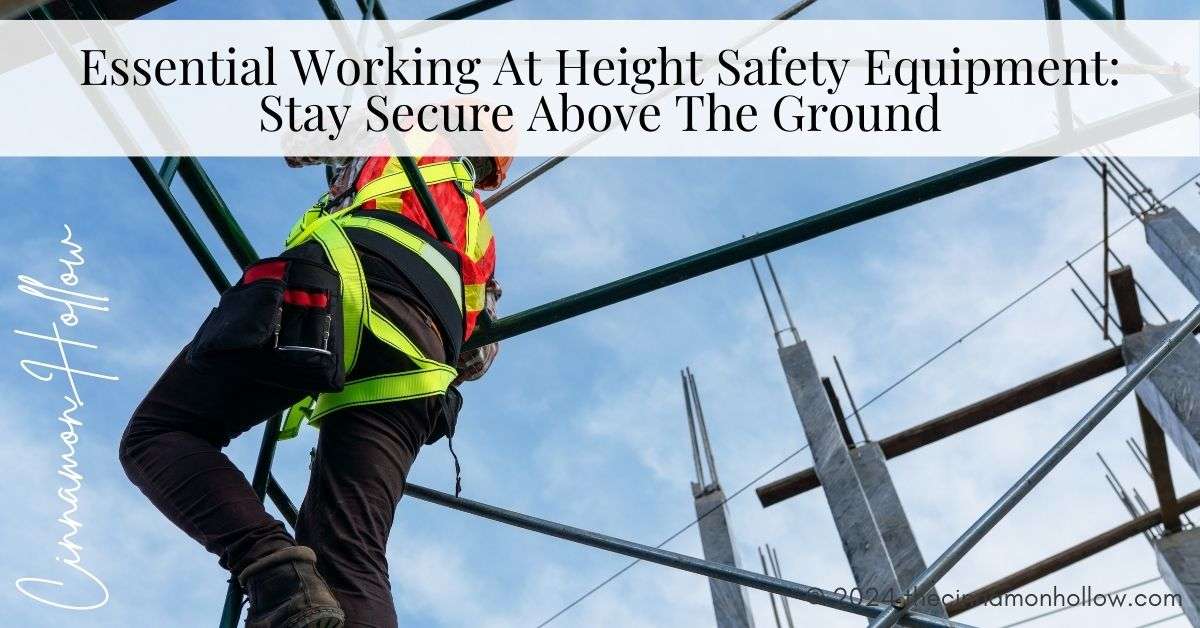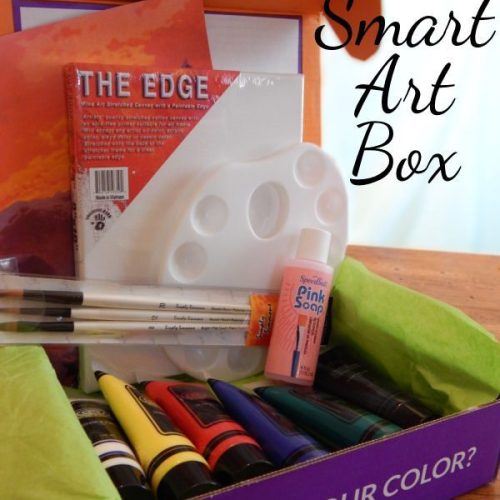When it comes to working at heights, safety is everything. Whether you’re fixing a roof, cleaning windows on a skyscraper, or conducting routine maintenance on wind turbines, having the right safety equipment is crucial to prevent accidents and ensure compliance with industry standards. But what exactly do you need to stay safe when working at heights?
This guide will break down the essential equipment you’ll need and how each piece plays a role in keeping you secure.
What Is Working At Height?
Working at height refers to any task performed above ground where there’s a risk of falling that could cause injury. It doesn’t matter if you’re two meters up a ladder or hundreds of meters on a construction scaffold—every job at height requires the same attention to safety.
“According to OSHA Fall Protection Standards, falls are one of the leading cause of serious injuries in construction, making safety measures non-negotiable.”
And let’s face it, no one likes taking risks when their well-being is on the line. So, what equipment should you be using to stay secure?
Essential Working At Height Safety Equipment List
1. Full-Body Harnesses: The Foundation Of Safety
A full-body harness is like the backbone of your fall protection system. It distributes the force of a fall across your shoulders, chest, pelvis, and upper thighs, keeping you secure and minimizing injury in the event of a fall.
Whether you’re climbing scaffolding or working on a telecommunications tower, the full-body harness is a must for safety.
2. Lanyards: Your Lifeline
Lanyards connect your harness to a secure anchor point, ensuring that even if you lose your balance, you’re not going anywhere. There are two main types:
- Shock-Absorbing Lanyards: These reduce the impact on your body if you fall, keeping you safe without the jolt.
- Self-Retracting Lifelines (SRLs): These automatically lock in the event of a fall, offering freedom of movement while you work.
Much like your car’s seatbelt, these devices are there to catch you when things go wrong—just make sure they’re properly secured.
For more detailed information on fall protection systems in construction, refer to the ANSI/ASSP A10.32-2023: Construction Fall Protection Systems standard, which outlines essential equipment and safety procedures.
3. Anchorage Points: Staying Secure
Anchorage points are the solid connection points that anchor your fall protection system. Whether it’s a beam, a concrete structure, or a temporary roof anchor, the right anchorage ensures that your safety gear is effective. Always make sure your anchorage points are certified and can support the load required.
4. Rope Access Systems: Keeping You Stable
For tasks requiring more mobility—like window cleaning or building inspections—rope access systems are the go-to. They combine harnesses, descenders, and rope grabs to allow safe vertical movement. Think of these as the ropes in a gym’s climbing wall—strong, reliable, and able to support dynamic movements.
- Descenders: Control your descent safely and smoothly.
- Rope Grabs: Offer additional security by allowing you to move up and down a lifeline while staying attached.
5. Guardrails And Barriers: Passive Protection
For those who work on large platforms or scaffolding, guardrails and edge protection systems provide a passive form of fall protection. They act like the handrails on a staircase—always there, always reliable.
Permanent or temporary, guardrails help prevent falls before they can happen.
6. Personal Protective Equipment (PPE): The First Line Of Defense
In addition to fall protection systems, workers at height need to protect themselves from other hazards. This includes:
- Helmets: To protect from falling debris.
- Hi-Vis Clothing: To ensure you’re always visible, even in low-light conditions.
- Footwear: Slip-resistant and durable, providing stability on uneven or slippery surfaces.
No matter how simple or complex the job, PPE is essential in preventing injuries.
For high-quality, reliable working at height safety equipment, you can explore a range of solutions at Height Dynamics, where safety is always prioritized.
Why Regular Maintenance And Inspection Matter
Using the right safety equipment is only half the battle. Regular inspection and maintenance are critical to ensure that everything functions as it should. Before each job, check for any wear or damage—especially in harnesses, lanyards, and ropes. If something looks off, replace it immediately.
It’s like regularly checking your car’s brakes before a long trip. It only takes a few minutes but can prevent life-threatening issues later.
Choosing The Right Equipment For The Job
Every task at height is different, so choosing the right equipment for the specific job is key. Here’s what to consider:
- Height of Work: Different jobs at various heights require different levels of fall protection.
- Level of Mobility: Do you need to move frequently, or are you working in a fixed position?
- Weight Load: Make sure that all gear, from lanyards to anchorage points, can handle the weight load, including any tools you’re carrying.
Conclusion: Safety First, Always
When working at height, safety is non-negotiable. Having the right equipment—whether it’s a full-body harness, anchorage point, or PPE—ensures that you can focus on getting the job done without worrying about your safety. From small maintenance jobs to large construction projects, equip yourself with the best and stay safe at any height.







